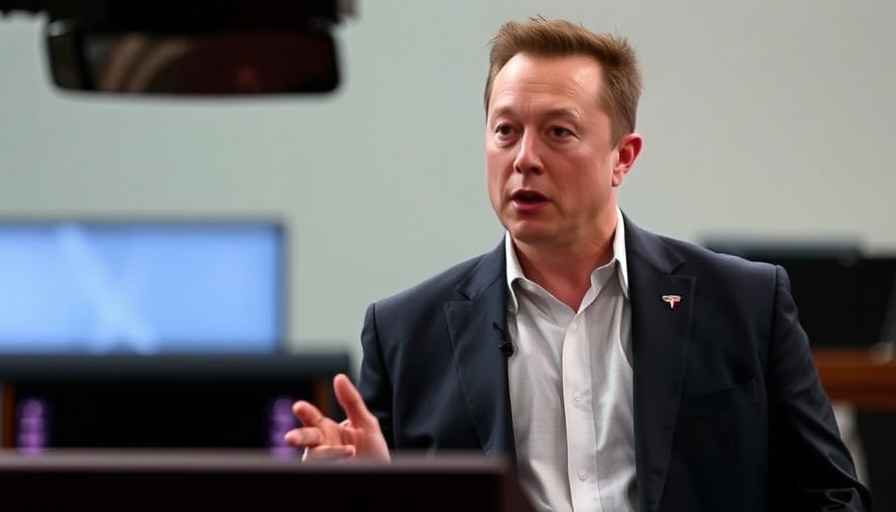
Understanding the Dismissal of Tesla's Shareholder Suit
The recent dismissal of a shareholder suit against Tesla Inc., alleging that Elon Musk and the company's leadership fostered a "toxic workplace culture," has sparked discussions among employees and the broader work environment. This decision, rendered by Judge David A. Ezra, concludes a case that examined the actions of directors and officers at Tesla while citing issues of financial and reputational harm associated with poor workplace conditions.
The Underlying Issues: What Constitutes a 'Toxic Workplace'
A toxic workplace is often characterized by poor management practices, lack of support, and harmful behaviors that can lead to significant mental health challenges for employees. The allegations in the lawsuit suggest that Tesla’s leadership allowed damaging behaviors to flourish, ultimately putting the financial health of the company at risk. Such issues resonate deeply within the broader workforce, as many employees today are increasingly aware of their rights and expected workplace standards.
Reflections on the Lawsuit’s Impact
Despite its dismissal, the lawsuit sheds light on critical conversations regarding workplace ethics and accountability. Reports about workplace toxicity can deter potential recruits and drive away existing talent, resembling cases where companies fail to address serious allegations. Analysis from previous cases in the tech industry, like Tesla’s recent settlement over a discrimination case involving racial epithets, highlights a recurring theme of talent retention difficulties when workplace culture comes under scrutiny.
Historical Context: Shaping Workplace Norms
The dialogue surrounding workplace conditions is not new. In recent years, tech giants such as Uber and Google have faced similar allegations concerning toxic behaviors, discrimination, and harassment. These cases have prompted widespread calls for improved labor standards and transparency in corporate environments. The rise of movements advocating for workers' rights, such as #MeToo within corporate contexts, illustrates a fundamental shift in expectations from employees and other stakeholders alike.
Looking Forward: Trends in Workplace Culture
As the workplace evolves, so too do the expectations for corporate culture. Companies are increasingly recognizing that fostering a supportive environment leads to increased productivity and employee satisfaction. Future trends suggest that organizations will invest more resources in mental health initiatives and inclusive practices. Businesses wary of potential litigation from workplace grievances will need to prioritize building trust and maintaining a positive work atmosphere.
Importance for Employees: What You Can Do
For individuals working in environments perceived to be toxic, it’s crucial to understand your rights and available resources. Employees should actively seek support from human resources or associations dedicated to addressing unfair practices. Open communication with management can also facilitate necessary changes. Ultimately, cultivating a network of allies can empower workers to advocate for improved conditions.
Final Thoughts: A Call to Action
This case serves as a crucial reminder of the importance of workplace culture in today’s environment. As more companies face scrutiny regarding their practices, it's vital for employees to engage in conversations about work culture, advocate for positive changes, and prioritize mental health and well-being at work.
By embodying these principles, everyone can contribute to creating a safer and more fulfilling workplace.
 Add Row
Add Row  Add
Add 




Write A Comment